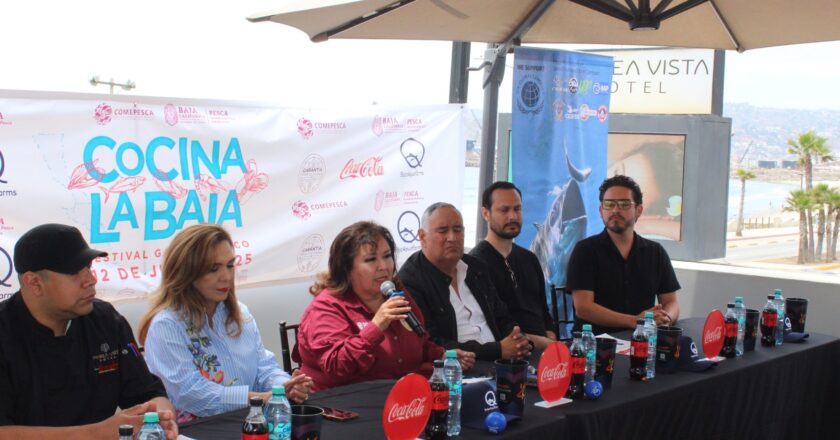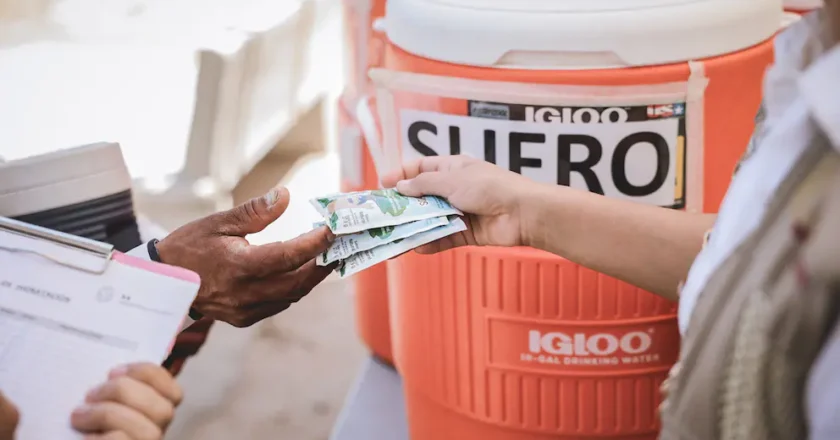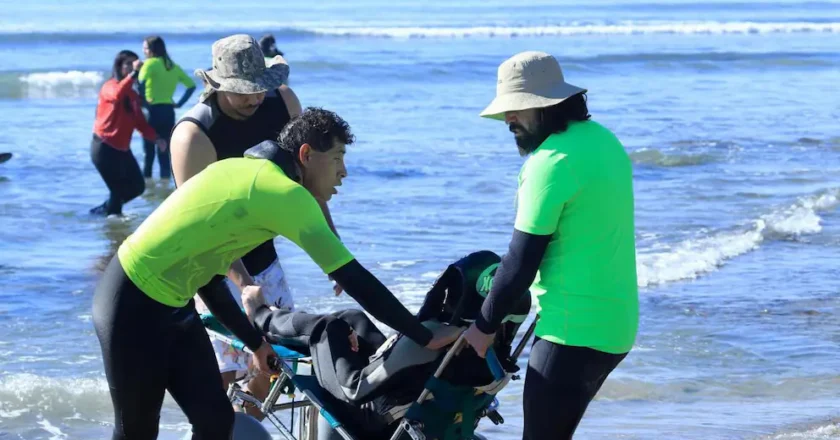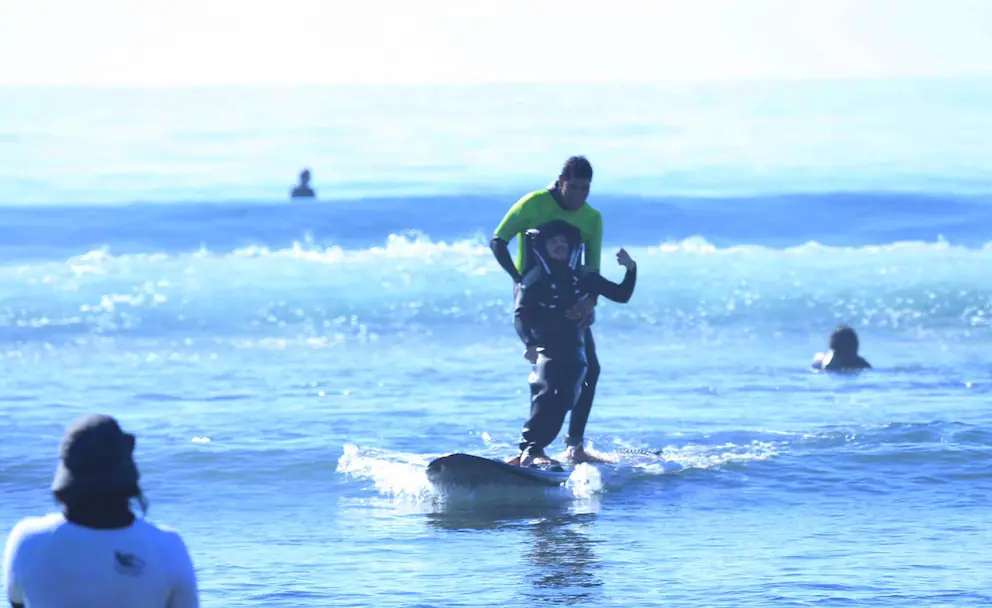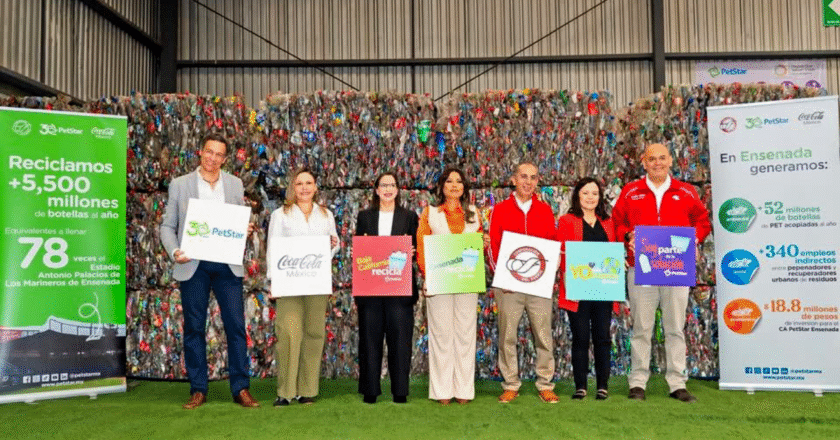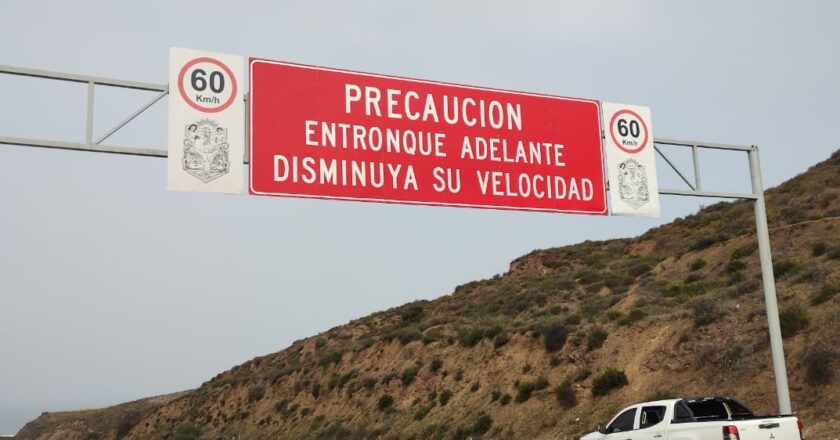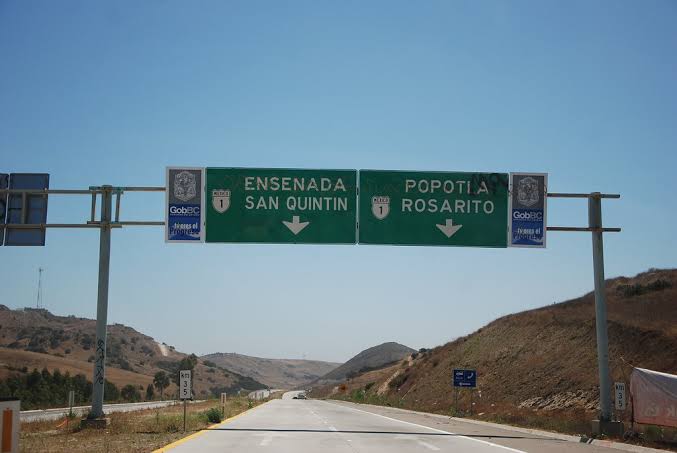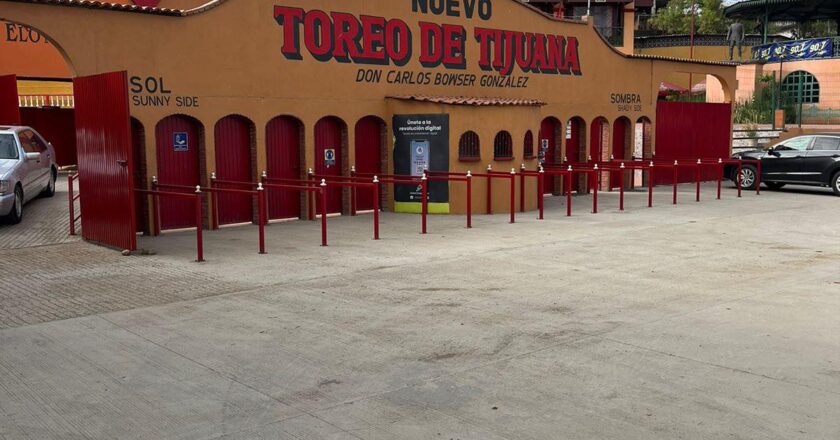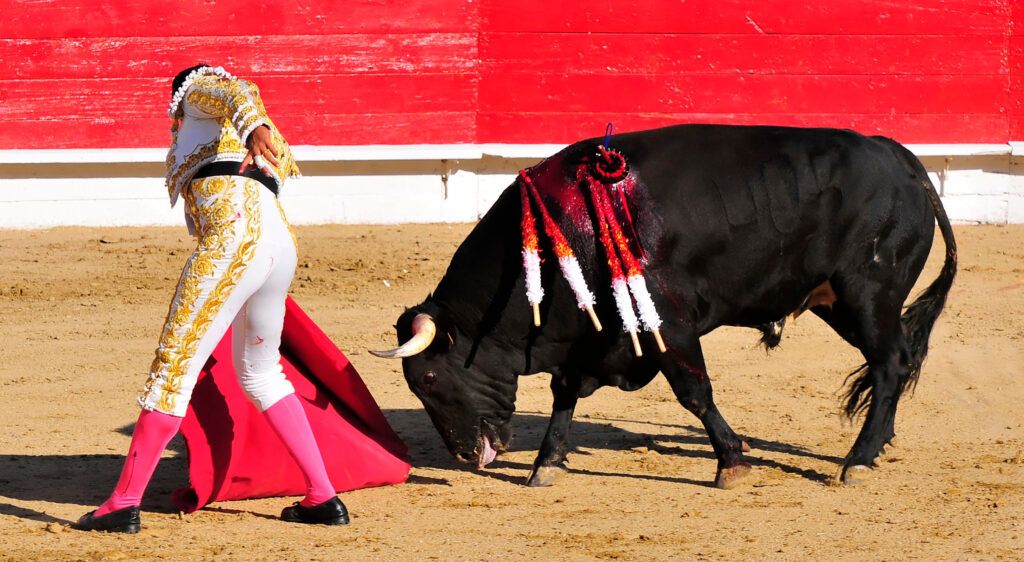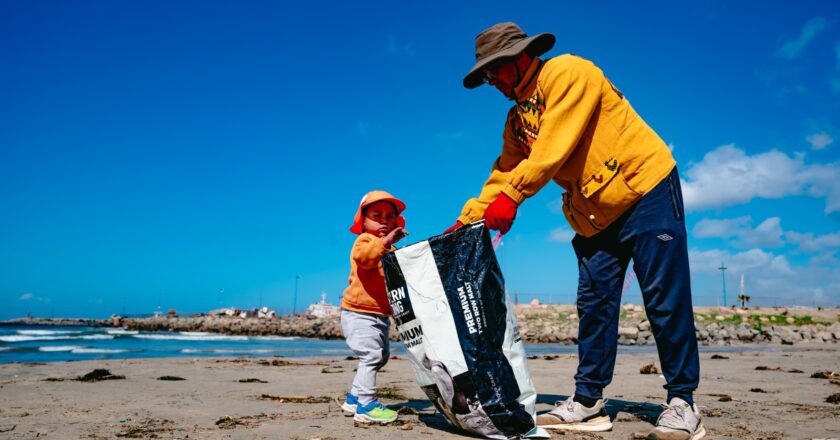And Yes, I Got to Taste the Tuna
Get ready, flavor fanatics—Cocina la Baja 2025 is gearing up for another round of seafood bliss this July 12 at Estero Beach in Ensenada, and let me tell you, this is no ordinary festival. I sat in on the press conference, and not only did they give us the full scoop—they fed us, too. Baja’s very own Bluefina served up samples of their signature bluefin tuna, carved on the spot. Think buttery, rich, fresh-off-the-boat perfection.
The event, organized by SEPESCA BC and led by Alma Rosa García Juárez, is more than just food—it’s a full-on celebration of the people who bring Baja’s marine bounty to our plates: fishermen, aquaculture pros, and creative chefs from across the state.

This year, 45 duos of producers and chefs will whip up original seafood dishes featuring everything from abalone and sardines to curvina, mussels, seaweed, and that glorious bluefin. Each team is cooking 500 tastings, which means over 22,000 bites for the expected 1,500+ guests. Bring your appetite, folks.
And yes, there will be plenty to see too—live cooking shows, oyster-shucking contests, and a VR tuna pen experience by Baja Aqua Farms. Kids get their own science and conservation zone, and grown-ups can learn a thing or two about sustainable fishing practices.
Chef Carlos Gaytán—Mexico’s first Michelin-starred chef—is in. So is Popotla’s beloved traditional cook Lorena López. The Minerva Pérez Castro Culinary Challenge also returns, with culinary students from top Baja schools battling it out on July 11 at UABC El Sauzal.
Tickets are 950 pesos, and you can snag them online at Eventbrite (https://cocinalabaja2025.eventbrite.com.mx) or at select restaurants in Mexicali, Tijuana, and Ensenada.
Don’t sleep on this one. I already had a taste—and trust me, it’s worth every bite.

